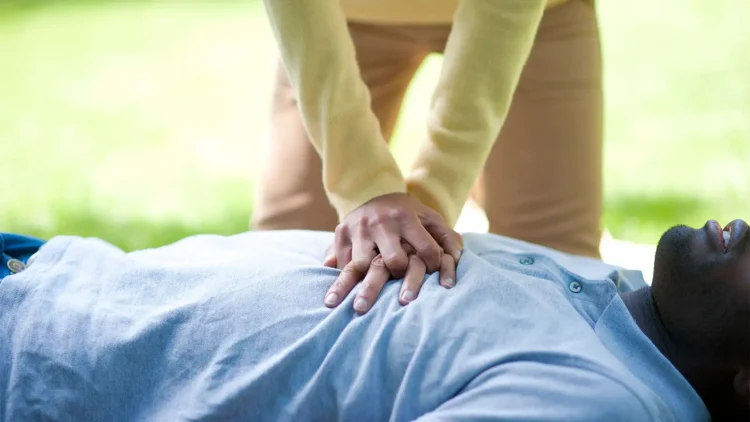A heart attack comes unforeseen and could affect people across ages. The heart is the body’s main unit that keeps all other organs alive. An arrest to this part leads to multiple organ failures, which result in death. It is as painful as sudden and leaves the bystanders in shock.
CPR is an effective way to help an individual undergoing this horrific situation. CPR healthcare is the procedure by which a certified person can help a patient in cardiac arrest. The primary method involves delivering oxygen to the brain during a heart attack. Many cardiac arrest patients cannot make it to the hospital. Some do not get to see the emergency services arrive. This is where CPR is effective and could help you save a loved one’s life.
Effectiveness of Bystander CPR
A cardiac arrest leaves its patients traumatized for life. But, nothing beats the helplessness and emotions a bystander experiences in those moments. The realization that someone might lose their life is shocking. You can change that for people once you start realizing the importance of CPR healthcare training. You do not need to be a panicked face in the crowd for the patient. When trained in CPR, you can give back to someone their life. People who receive CPR from bystanders have a higher survival rate than those who do not. Bystander CPR also helps the patient stabilize the situation before medical help arrives.
Many patients have made it to hospitals with this procedure. It involves keeping an attentive state of mind to call 911 at the sight of a cardiac emergency. Understanding irregular breathing and delivering chest compressions is easier. All this gives the patient’s body time to wait for the Emergency Medical Services (EMS) team to arrive.

Why is CPR Important?
Cardiopulmonary resuscitation or CPR helps manually push air into a patient’s system. A person may encounter this problem due to many reasons. These include drowning, where the water fills up in the lungs and stops functioning. Another one comes from cardiac arrest. During the second process, the heart undergoes restricted stimulus. Hence, it cannot supply blood to the organs, causing a shutdown.
This process stops the healthy functioning of the lungs, which stops breathing. CPR helps push air into the lungs, which then sends it to the rest of the body and does not force the organs to shut down. Once an organ in the human body shuts down, it can only undergo a transplant. Some organs, like the brain, have no second innings. All these aspects make CPR an essential skill for every individual.
How to do CPR?
CPR healthcare training comes with a predefined procedure and method. This aspect makes it easy to understand and administer. The steps to this procedure are as follows.
- Once you spot the person undergoing cardiac arrest, immediately call 911. This move ensures professional help gets on the move while you try and buy time.
- Make the patient lie down on their back on a flat surface. Make sure there are no boulders or rocks under them as you will apply pressure.
- Tilt the patient’s head back to open the airway.
- Check for breathing patterns. In case the patient stops breathing, begin the process.
- Blow in two large puffs of air into their mouth, rough to make their chest rise.
- Next, hold your working hand with the other. With the palm facing down, push thirty times on the person’s chest rhythmically.
- Repeat 3-4 times, and the patient should resume breathing.
- Make sure to deliver over a hundred chest compressions in one minute. This is the least amount of time required for the process to work.
The product mentioned above is for adults. Children and infants also have to undergo a similar one. The only difference is in the way and force of the chest compression pressure.
Conclusion
Understanding the CPR healthcare training need is essential for every individual. It is the least you can do for someone in distress or pain. The American HealthCare Academy brings you a well-structured online CPR certification course. Through this, you can familiarize yourself with the topic and understand its delivery details. The course follows updated AHA guidelines. You also get a certificate with global recognition as a CPR professional. Why must you become another bystander? When you can own the knowledge to save a life. Register for this course today at American HealthCare Academy.
 Hi Boox Popular Magazine 2024
Hi Boox Popular Magazine 2024



